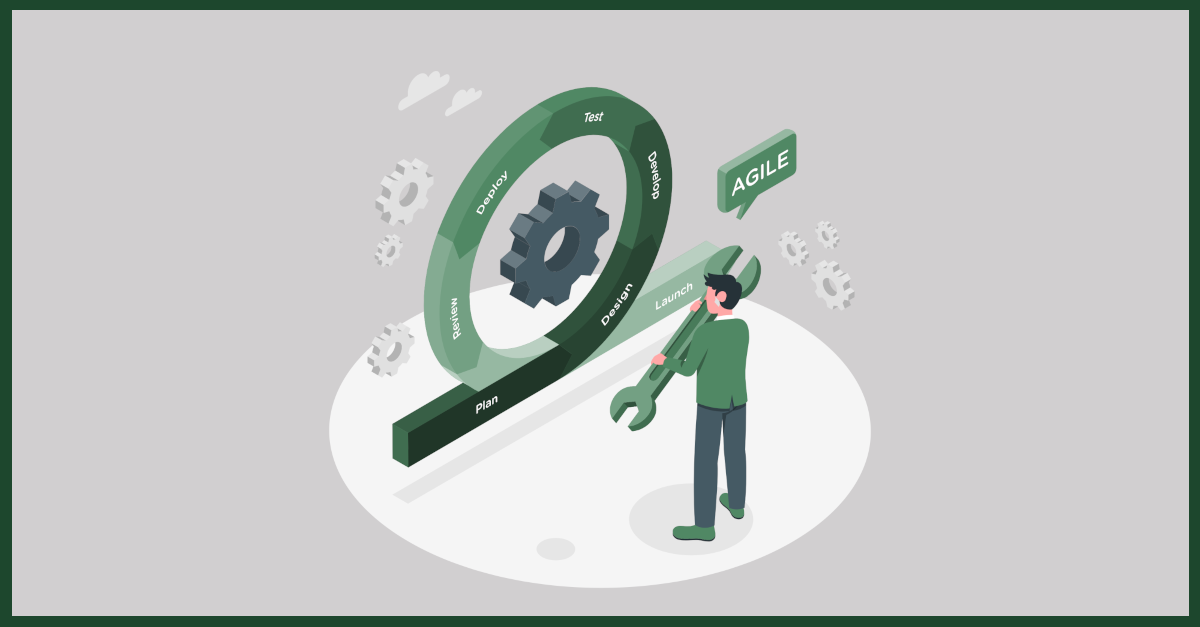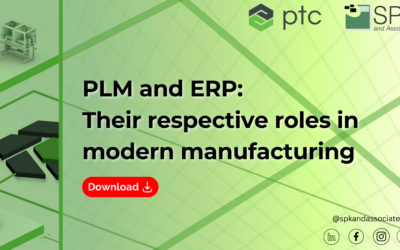Welcome back to our discussions of the 12 principles behind the Agile Manifesto!
This is our fifth installment of this series which will cover the concept of what I am calling “creating supportive environments.” Just as our last discussion pointed out that Agile is concerned with the business as a whole and not just the software development teams, this discussion will begin to address Agile’s interest in cultivating not just a process, but an environment for effective software production. This fifth principle reads:
“Build projects around motivated individuals. Give them the environment and support they need, and trust them to get the job done.”
There are two parts to this principle. 1) What you need. 2) How (roughly) to obtain it.
You need motivated people. Motivated people make better software products than unmotivated people. Not exactly surprising or new, but how you get motivated is where Agile expresses an opinion.
If you want a team of motivated people working on your project, you need to supply an environment that nourishes and cultivates that motivation. You might decide that the way you’re going to have a motivated team is simply by hiring motivated people. There’s nothing intrinsically wrong with that, and you might get away with it for a little while. Unfortunately, you can’t expect people to stay motivated on their own. You need to provide an environment that sustains and enhances that motivation, otherwise the team will fall apart.
There isn’t a one-size-fits-all solution for creating such environments because teams and the people that comprise them are all different. Generally speaking, providing teams with adequate tools to accomplish their goals, hearing and responding to requests, providing reasonable expectations, and giving recognition for the team’s accomplishments are good areas to start.
Overshadowing all other aspects of being supportive is the idea of “trust.” Without mutual trust, an Agile team is not going to perform well. This begins with open and honest communication so that team members know what others are thinking, what expectations exist and what issues are at play. In addition, trust means living up to the commitments we make and fulfilling the expectations placed upon us. Another way to think of this is being “reliable.” Reliability is what makes delegation possible, which is fundamental to being a team.
Support and trust are foundational to Agile’s approach to development. Without these two things, none of the other principles are effective. It is therefore imperative that an organization seeking to implement Agile practices seriously examine the team dynamics already manifesting themselves and work to build a healthy foundation upon which implement Agile.
Read more from post three in the series “The 12 principles Behind the Agile Manifesto: Principle Number Three – Deliver Frequently.”
Keep your eyes on the SPK and Associates blog for more articles unpacking Agile Methodology.
David Hubbell
Senior Software Engineer
SPK & Associates






